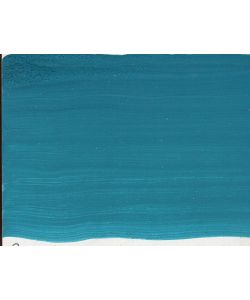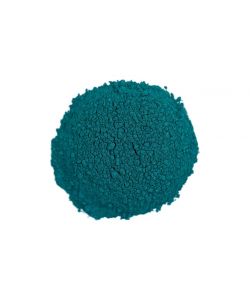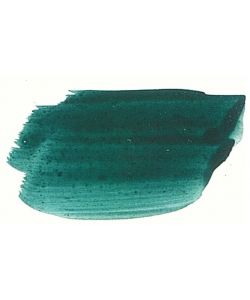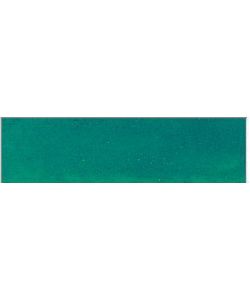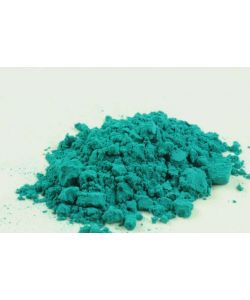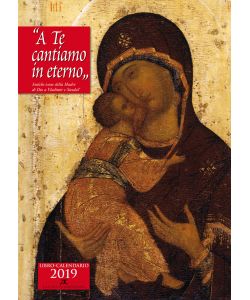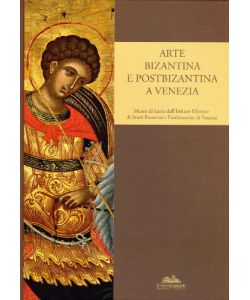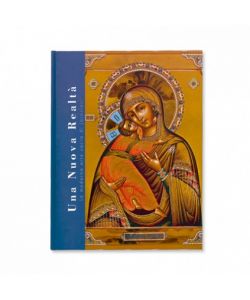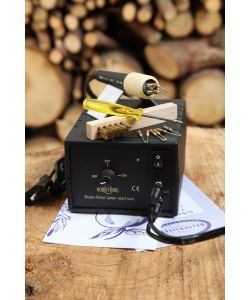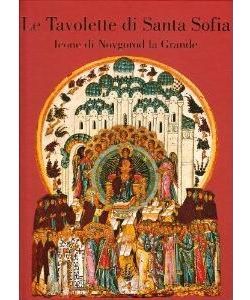

VERDIGRIS, Italian pigment
Artificial pigment, consisting of basic or neutral copper acetates. Known since ancient times - as evidenced by the name born from the deformation of the Greek term green - it is described, among others, by Theophrsto of Ereso (4th century BC), Pliny (1st century AD) and Cennino Cennini (end of the 14th century). It is essentially obtained by exposing copper plates to wine or pyroligneous acid vapours.
It has poor covering power and a non-intense color with blue tones: to achieve a grass green tone it was traditionally added with saffron. It has been used to obtain green glazes but rarely used as a pigment itself, given its poor stability. In addition to being the basic element of copper resinate, verdigris has also found wide use for painting gold or silver surfaces.
- Chemical formula: Cu(CH3COO)2·[Cu(OH)2]3·2H2O
- Color index: PG 20.77408
- Qualification: Watercolor, Tempera
- Colors: Blue, Turquoise, Green
- Shape: crystalline
| COPPERGREEN, Italian pigment, 10 gr | Stock: 2 - COD. CI0786 | |||
| € 5,00 |

|
|||
| COPPERGREEN, Italian pigment, 50 gr | Stock: 1 - COD. CI0787 | |||
| € 22,00 |

|
|||
